Brussels forges ahead with its own rail plans

As the Swiss prepare to celebrate the breakthrough of the new Gotthard rail tunnel, the European Union is not standing by idly when it comes to rail infrastructure.
But Switzerland’s northern neighbour Germany is set to spoil the party because it is way behind a timetable of upgrading, with a flood of protests holding up construction work. Strong opposition to the Stuttgart 21 central station plan is adding oil to the fire.
Less than a month ago, the EU Commission set out new measures to improve pan-European rail services.
Full of praise for Swiss efforts to improve trans-Alpine rail traffic, Brussels is itself looking down the track.
“My dream can be called the Single European Railway Area in 2050. In this vision, railways will be dominating freight transport over distances of more than 300 kilometres,” said Siim Kallas, who is responsible for transport issues at the commission.
He also told a trade fair what was lacking. “We need new policies. We need different structures for railway undertakings. We need investment.”
The acting director of policy for the Trans-European Transport Network (TEN-T), Jean Eric Paquet, is more upbeat, saying EU rail policy is not devised solely for the new Gotthard and the Lötschberg tunnels in Switzerland.
Priority project
“As far as the Gotthard is concerned, it is part of a priority project which runs from Rotterdam [in the Netherlands] to Genoa [Italy] and whose alignment goes through the Gotthard and the Lötschberg,” he told swissinfo.ch.
“This priority project ensures that the two transversal alpine tunnels in Switzerland are fully taken into account when we develop a European transport infrastructure.”
Paquet said Europe needed tunnels of “the magnitude” of the Gotthard or the Lötschberg.
“Equally in the European Union we are working on the Brenner tunnel and the Mont Fréjus on the Lyons-Turin line and we hope that with the four main tunnels we will ensure that rail is a key mode of transport across this sensitive area which is the Alps,” he said.
Paquet said it was clear that more rail capacity was needed “if we want to achieve a European and trans-alpine transport system which is balanced and which allows us to meet our climate change and environmental objectives”.
Praise from Italy
At a September conference in Rome on future rail infrastructure, Italy was one EU member that praised Switzerland and its National Rail Link through the Alps project, which includes both the Gotthard and Lötschberg tunnels.
This is hardly surprising since Italy will profit a good deal from the tunnel when it opens in 2016 or 2017.
The Italian infrastructure minister said his country was gearing up for the increased traffic by improving access lines to the tunnel, while his deputy assured that the necessary capacity would be ready by 2020.
A senator from the southern Swiss canton of Ticino, Filippo Lombardi, was impressed by the Italian assurances. “I’ve never before felt the desire and determination in Italy to support rail transport so strongly,” he said.
However, he warned that access ramps to the Gotthard had to be completely developed to cope with additional traffic. “Otherwise we’ll have a Formula 1 tunnel but the access routes will be like mule tracks.”
Bottlenecks?
Germany is experiencing more than enough problems in rail infrastructure. Work on updating the line between Karlsruhe and Basel, considered vital to freight transport north of the Alps, is blocked because of thousands of appeals that are pending and will not meet a deadline for completion by 2017.
Germany had, however, committed itself to double the number of tracks on that stretch from two to four by the opening of the Gotthard Base Tunnel.
Swiss parliamentarians travelled to Berlin earlier this month to voice their annoyance at this situation to the German transport minister, Peter Ramsauer.
Despite the two new tunnels, Switzerland may face bottlenecks. In the best of cases, the Wisenberg tunnel across the Jura between Basel and Olten as well as the Zimmerberg II tunnel between Lucerne and Zurich will only be built as part of the Rail 2030 project.
Other tunnels, particularly in eastern and southern Switzerland, may never see the light of day because of a lack of finance.
The Gotthard Railway Society was founded in Lucerne on November 1, 1871 and had its headquarters in Zurich.
Alfred Escher, the financial magnate, politician and railway king from Zurich was appointed chairman and managing director.
In political terms, the Gotthard agreement between Switzerland and Italy compelled the federal government to operate the transit route on its territory and to guarantee it to neighbouring countries.
The Gotthard rail tunnel was no mean engineering feat: 633 metres of altitude had to be conquered on a stretch of 18 kilometres between Erstfeld and Göschenen.
The tunnel, with its 15 km, naturally stood in the limelight. It was praised as the work of the century when finished, to be compared only with the Suez Canal, which opened in 1869.
On Sunday, February 28, 1880 the tunnel was finally pierced. The first thing to pass through the hole was a tin box handed over from the canton Ticino side.
It contained the photo of Swiss tunnel engineer Louis Favre, who died in the tunnel in 1879. Favre was intended to be the first to pass through the tunnel.
The breakthrough at the new tunnel is due to take place officially on October 15.
(With input from Gerhard Lob)

In compliance with the JTI standards
More: SWI swissinfo.ch certified by the Journalism Trust Initiative
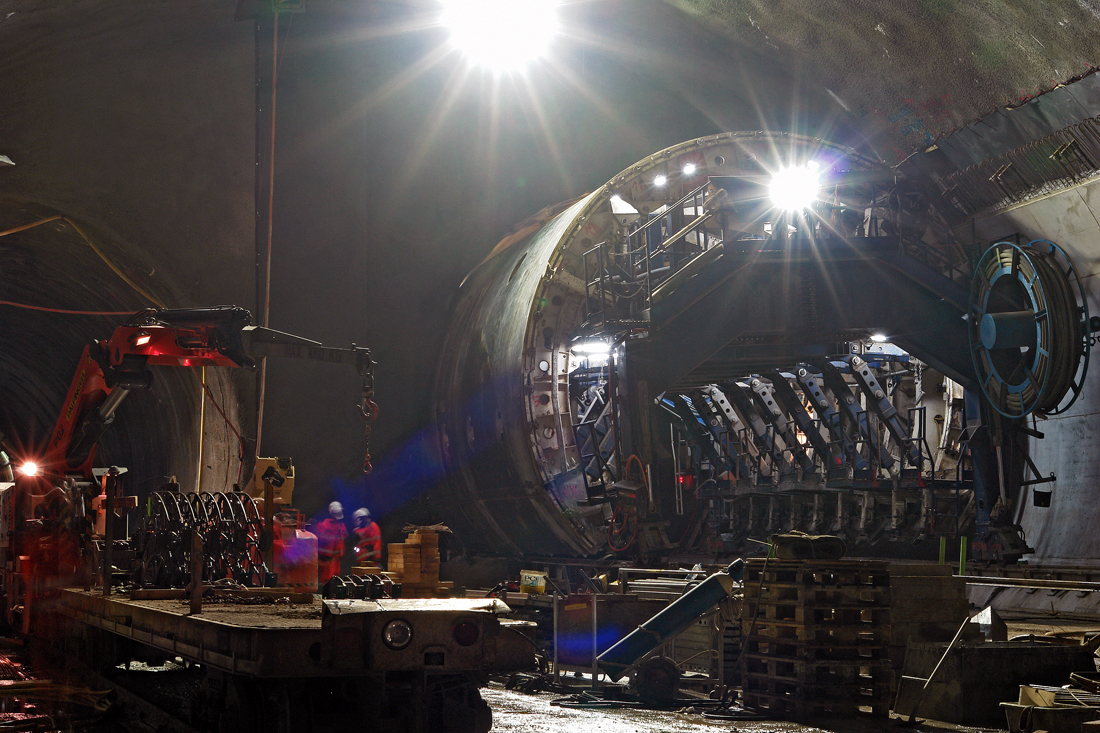
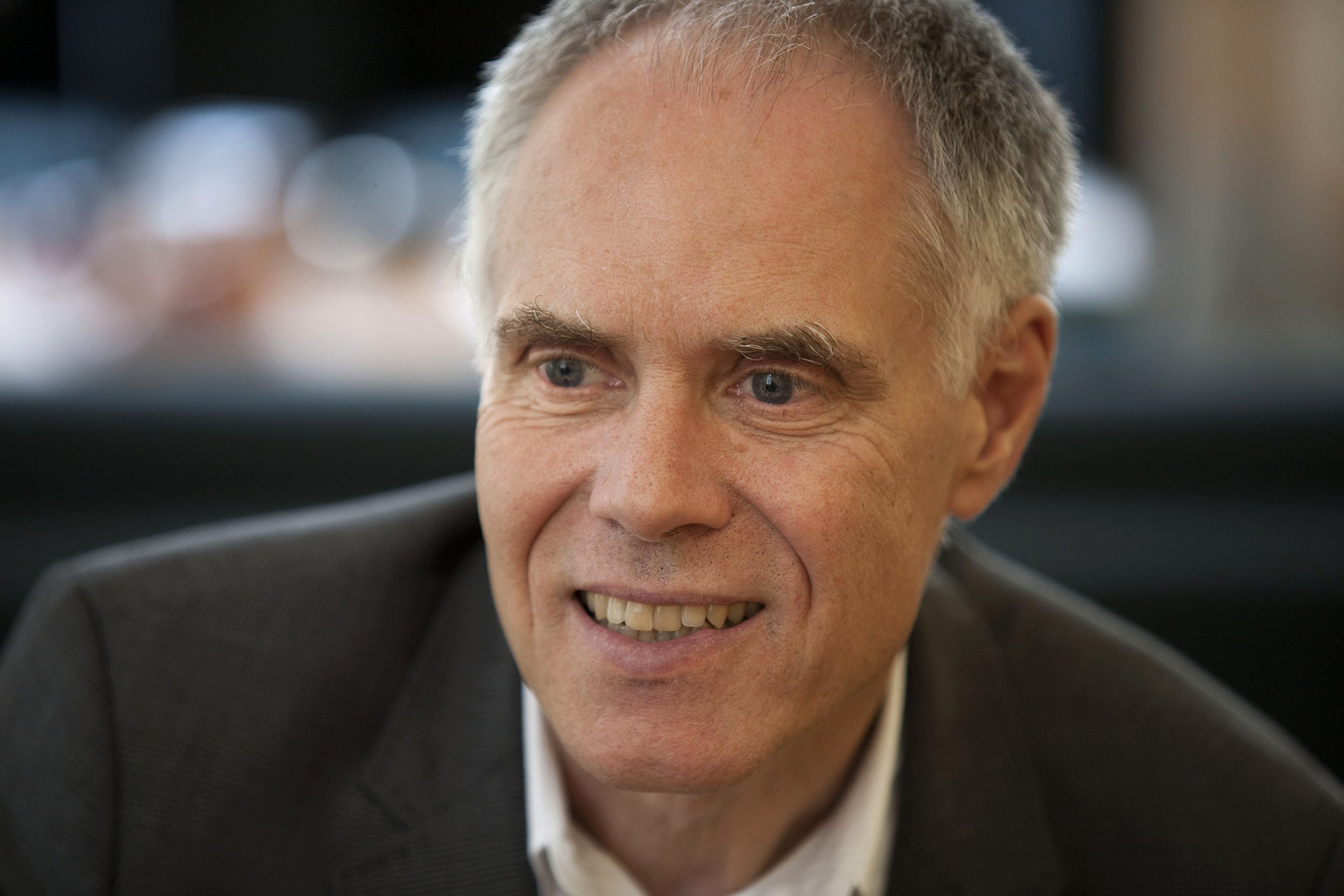
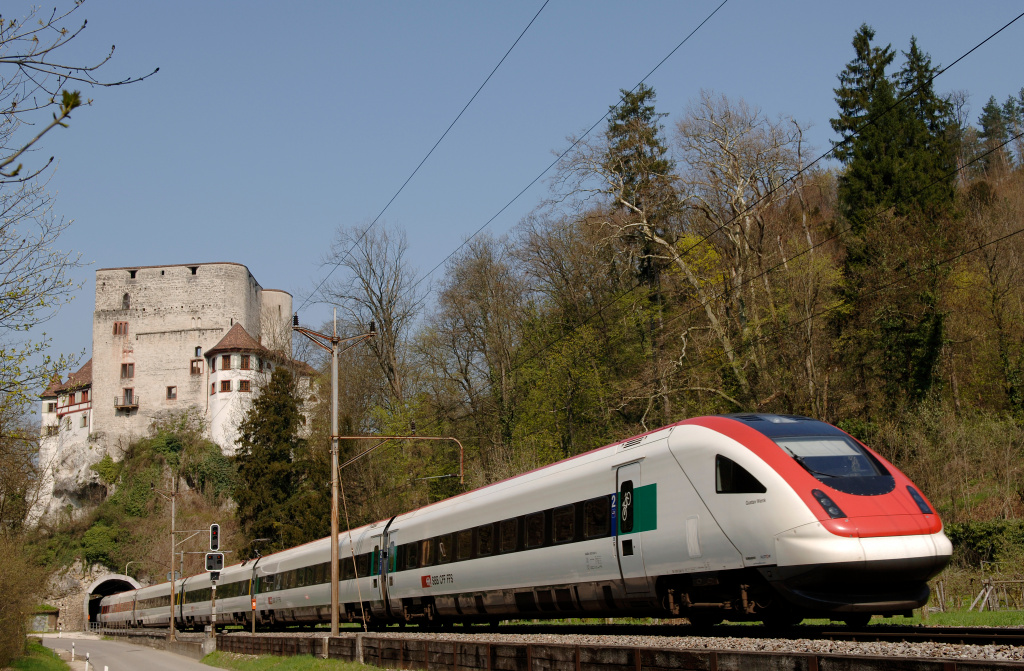
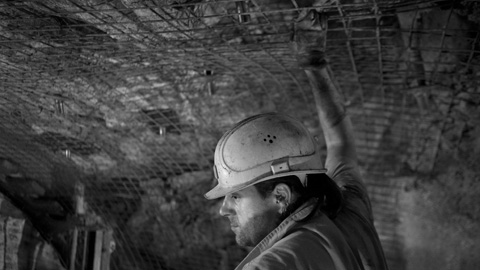
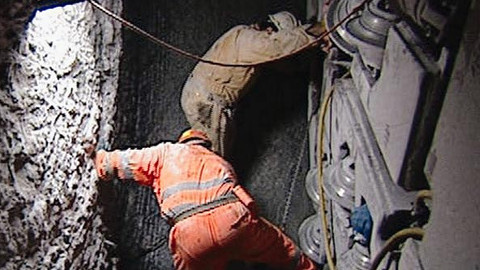
You can find an overview of ongoing debates with our journalists here. Please join us!
If you want to start a conversation about a topic raised in this article or want to report factual errors, email us at english@swissinfo.ch.